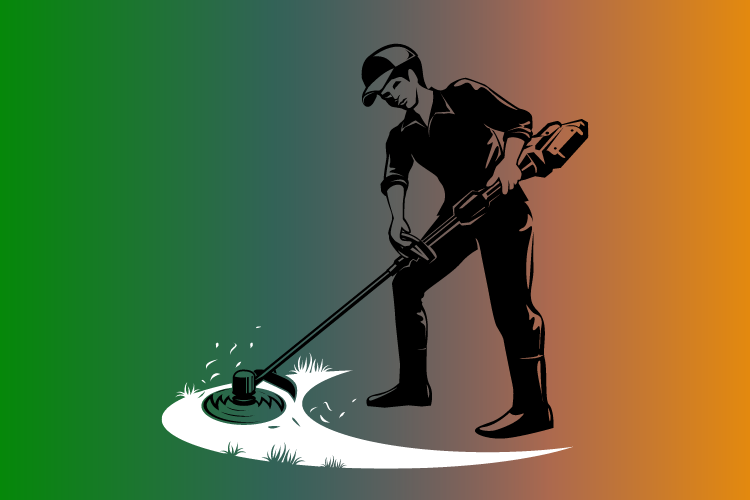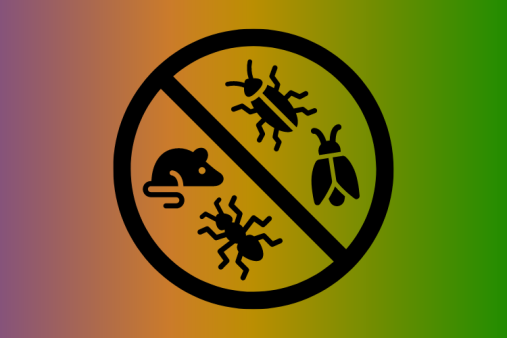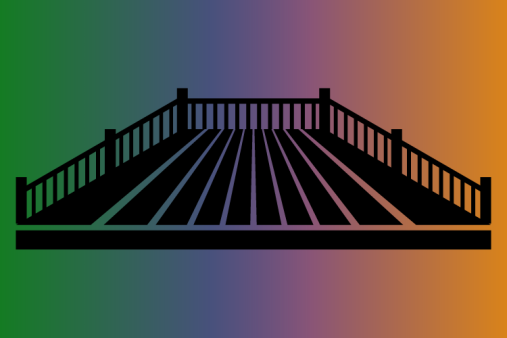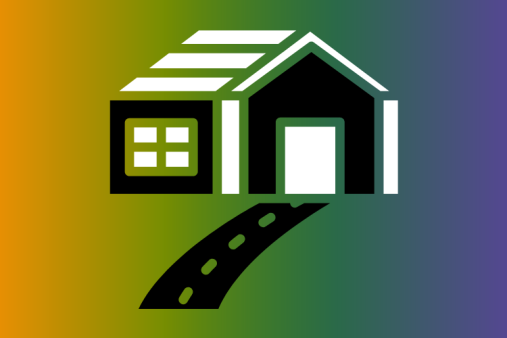If you're one of the many, many people across the world, struggling with a lawn that's more moss than grass, then hopefully this article will have something for you.
It's strange, because moss is considered a beautiful plant when it hangs in trees, or when seen in the wilderness growing on the north side of rocks.
However, when moss invades a lawn it is most certainly not a good thing.
It's considered a weed and, unfortunately, it's not an easy thing to eradicate from your lawn.
But, it doesn't look that bad, does it?
Why fight the moss?
Well, moss is particularly bad for lawns because it stops the growth of new grass seedlings and cuts off the proper distribution of water, both natural and irrigated.
Worse, moss can prevent fertilizers from thoroughly covering your lawn, leading to irregular coverage, and very ragged growth.
Why Have you Been Invaded By Moss?
The first part of the procedure required to get rid of moss is to understand how it got there in the first place.
If your lawn experiences drought, is improperly mowed, does not get enough sun, or has poor drainage that prevents water and fertilizer from reaching the grass roots, then it will be susceptible for the encroachment of moss.
When you lawn has a period of stress caused by any source, such as the aforementioned drought or overenthusiastic weedkilling, bare spots can occur.
These are the places ideal for the entry and spread of many varieties of moss.
The fact is, if your lawn has moss, you probably didn't have a particularly healthy lawn to begin with.
That means you have more problems to solve than just killing the moss.
Even if you do all you can to remove existing moss, it is highly unlikely you will be able to stop it coming back without solving the underlying problems.
After killing the moss, you'll need to take concrete steps to bring your lawn back to a healthy state.
Removing that Moss Effectively
But, back to the task of the day - the first step is killing the moss.
That you can do with any herbicide containing ammonium sulphate.
It's always good to make sure the product you buy is labelled as environmentally sound, as there are a few products containing this chemical that may well not be.
Also, it's good to know that, often, products that kill moss actually contain good nutrients for your lawn.
So, in killing the moss, you will also be multi-tasking in favour of a better, stronger and healthier lawn.
Once the moss has been killed, it must be removed.
That means power raking the moss as completely as possible out of the grass.
Rake every inch of the grass, making sure to pile up the removed moss as you go.
Once this is done, you'll have a whole lot of very bare patches of lawn.
Patches that were once completely covered in moss.
Here, new grass seed or turf need to be placed, with grass seed being the preferable and easier method, if a little slower acting.
The best grass type to plant is a mix of fescue blend and ryegrass.
After spreading the seed, the area needs to be covered with slightly less than a quarter inch of good quality soil or sand.
The last step is to keep the area constantly moist, not soaked, until the first seedlings begin to be visible.
Preventing the Return of Moss
To prevent the recurrence of your mossy problem, there are a few things you can do.
If you know the ph value of your soil, you can find out whether it could use a little balance by applying a quality lime fertilizer.
Additionally, if your lawn is deprived of sunlight by high trees you may need to have the trees pruned back in order to let more sun reach the seeded area.
A greater amount of sun helps to boost the grass and prevent the moss from returning
I hope that was a help to all out there who are victims of moss, as many are.
Good luck in the battle, and enjoy your lawn!





